Every corner of the globe holds unique narratives, but some destinations transcend the ordinary, becoming true wonders of the world. These creations, magnificent in their beauty, architecture, and rich history, never cease to amaze. Despite countless stories and glimpses, their splendor, historical significance, and enchanting architecture continue to inspire awe. Each wonder boasts its own distinct charm, a unique story to tell, and a special place on the map.
Let's embark on a journey to explore these remarkable landmarks.
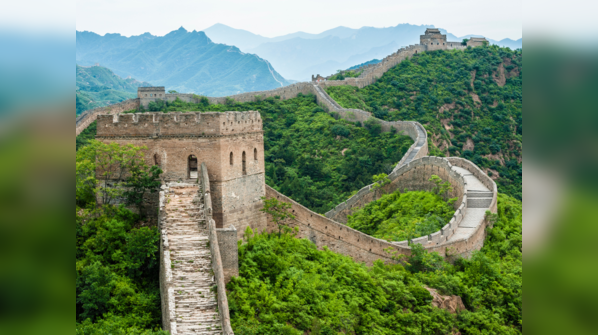
The Great Wall of China, a series of fortifications constructed from stone, brick, and tamped earth, stretches over an impressive 21,000 km. This colossal structure exemplifies human determination and architectural prowess. More than just a wall, it stands as a testament to the dedication of the workers, including soldiers, peasants, and even prisoners, who labored without modern machinery from the 7th century BC to the 17th century AD, particularly during the Ming Dynasty. Its construction, spanning centuries, is a truly remarkable feat.
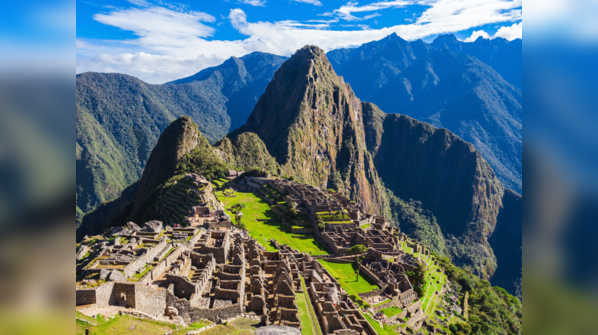
Hidden high in the Andes Mountains of Peru, Machu Picchu stands as one of the world's most breathtaking archaeological sites. Often referred to as the "Lost City of the Incas," this structure, built around the 15th century, evokes awe with its stunning location, well-designed architecture, and enduring mystery. Perched on a narrow mountain ridge at approximately 2,430 m (7,970 ft), the city's stone structures seem to emerge from the earth. This vast complex includes temples, plazas, terraces, fountains, and residential areas.
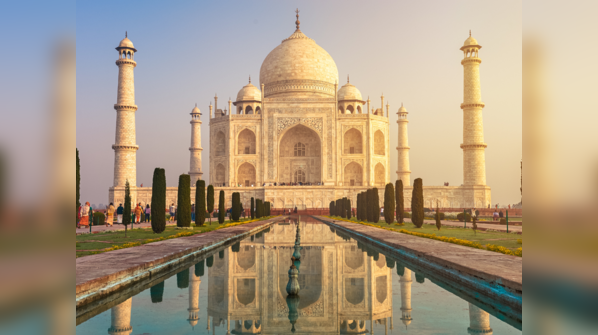
The Taj Mahal in Agra, India, embodies eternal love. It is one of the most celebrated monuments globally, recognized as one of the Seven Wonders of the World. Immortalized in poetry and song, this white marble masterpiece captivates dreamers worldwide. Built by Mughal emperor Shah Jahan in memory of his wife, Mumtaz Mahal, the Taj Mahal is the crown jewel of India and an admired architectural marvel. Construction began around 1632 AD and concluded in 1648 AD. With its mosque, guesthouse, and main southern gateway, the Taj Mahal showcases symmetry, artistry, and devotion.
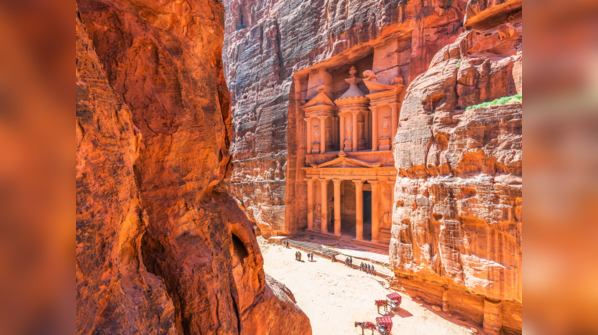
Nestled in Jordan's rugged terrain lies Petra, a masterpiece of architecture renowned for its unique rock-cut structures and historical importance. Known as the Rose City for its red hues and sandstone facades, Petra represents ancient engineering and imagination. The city spans a vast area with marvels like the Monastery, Royal Tombs, and Great Temple, along with numerous dwellings and burial sites. Founded as early as the 4th century BCE, Petra became the capital of the Nabataean kingdom, an affluent Arab tribe that controlled trade routes connecting to Egypt and the Mediterranean. As day transitions to night, Petra's stone facades glow with hues of rose, gold, and amber.
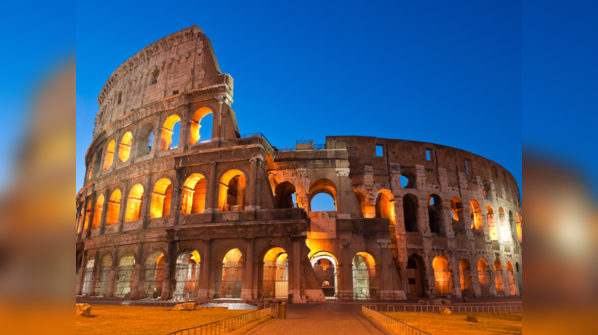
Originally known as the Flavian Amphitheater, the Colosseum stands in the heart of Rome as an iconic monument. A reminder of ancient Rome's spectacles, this massive structure has witnessed nearly 2,000 years of history, from gladiatorial contests to shaping Roman society. Construction began in 72 CE during Emperor Vespasian's reign, founder of the Flavian dynasty. The Colosseum served as Rome's stage for drama and entertainment, where gladiators fought to the death and exotic animals battled each other. Despite its age, the Colosseum remains a symbol of Rome's legacy, attracting millions of visitors annually.
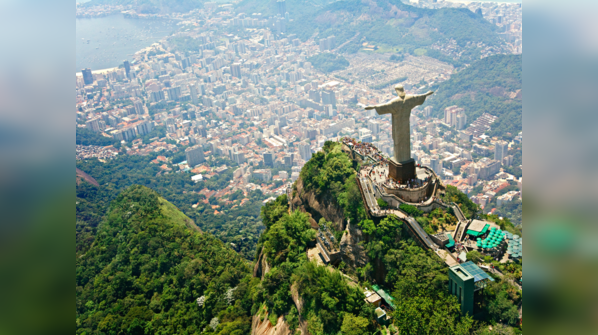
Perched high above Rio de Janeiro, with arms outstretched as if embracing the city, stands Christ the Redeemer (Cristo Redentor). Awarded its title in 2007, Christ the Redeemer is a revitalized vision, originating in the mid-19th century, but taking shape in the 1920s. More than a religious icon, it symbolizes hope and openness, a gesture of welcome to visitors. Today, millions visit for its spiritual significance and breathtaking views.
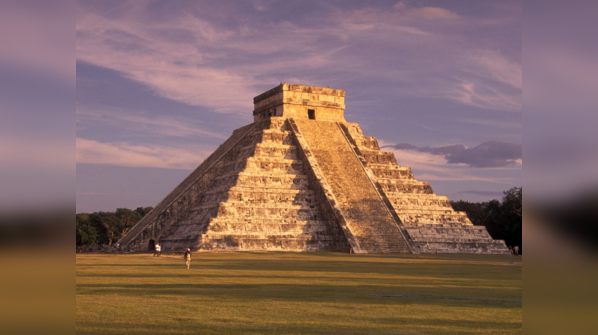
An ancient city where time echoes, Chichen Itza is located on Mexico’s Yucatan Peninsula, surrounded by dense jungles and secrets. Founded around the 5th and 6th centuries, this city was home to people skilled in astronomy, mathematics, and architecture. A UNESCO World Heritage site, Chichen Itza is one of Mexico's most visited landmarks. Though largely in ruins, the surviving structures offer a clear picture of the civilization that once thrived there.
Newer articles
Older articles
 Hetmyer's Heroics: Orcas Stun MI New York with Last-Ball Six in Record-Breaking MLC Chase
Hetmyer's Heroics: Orcas Stun MI New York with Last-Ball Six in Record-Breaking MLC Chase
 Android Users Face Critical Security Risks: Update Your Devices Now, Warns Government Agency
Android Users Face Critical Security Risks: Update Your Devices Now, Warns Government Agency
 Greg Chappell Hails Rishabh Pant's "Revolutionary" Batting, Likens Him to Gilchrist
Greg Chappell Hails Rishabh Pant's "Revolutionary" Batting, Likens Him to Gilchrist
 Dog-Sized Dinosaur Fossil Unearths New Insights into Prehistoric Life Alongside Giants
Dog-Sized Dinosaur Fossil Unearths New Insights into Prehistoric Life Alongside Giants
 West Indies Captain Chase Slams Umpiring After Test Loss, Demands Accountability
West Indies Captain Chase Slams Umpiring After Test Loss, Demands Accountability
 IRCTC's AI Chatbot, AskDisha 2.0, Streamlines Train Ticket Booking, Refunds & Information
IRCTC's AI Chatbot, AskDisha 2.0, Streamlines Train Ticket Booking, Refunds & Information
 Freestyle Chess India Event Scrapped Due to Sponsorship Issues; Carlsen Absence Confirmed
Freestyle Chess India Event Scrapped Due to Sponsorship Issues; Carlsen Absence Confirmed
 Moto G54 Gets Significant Price Drop in India: Check Out the New Affordable Price Tag
Moto G54 Gets Significant Price Drop in India: Check Out the New Affordable Price Tag
 New Zealand Cricket Announces Packed 2025-26 Home Schedule Featuring Australia, England, West Indies & South Africa
New Zealand Cricket Announces Packed 2025-26 Home Schedule Featuring Australia, England, West Indies & South Africa
 Converting JPG to PDF: A Comprehensive Guide for Preserving Image Quality and Ensuring Accessibility
Converting JPG to PDF: A Comprehensive Guide for Preserving Image Quality and Ensuring Accessibility